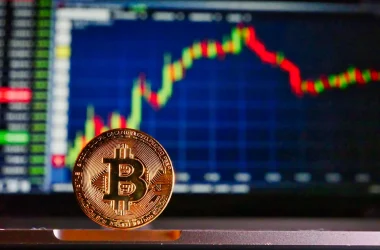Introduction
On July 21, 2014, BitUSD was launched as the world’s first stablecoin, introducing a new concept of a stable digital currency that promised to facilitate transactions without the volatility common in other cryptocurrencies. However, four years later, BitUSD lost its one-to-one parity with the US dollar and has been unable to recover. BitUSD’s struggles were not unique, as the early years of stablecoins were fraught with numerous failures due to immature structures, infrastructure, and oversight.
The Changing Landscape
Today, the stablecoin landscape has changed significantly. Robust projects and anticipated stablecoin regulations, such as those in Hong Kong, mark stablecoins’ 10th anniversary as a time to reflect on their journey and the promising future ahead.
Examining Previous Failures
A decade ago, stablecoins emerged as a bridge between volatile cryptocurrencies and traditional fiat currencies, especially appealing during the aftermath of the global financial crisis. Despite the excitement, many early projects failed due to poorly designed mechanisms, inadequate infrastructure, and lack of regulatory oversight.
For example, BitUSD was collateralized with BitShares, an obscure and volatile asset. This created a structural weakness, as BitUSD’s stability depended on BitShares’ value. TerraUSD (UST) is another notable example, maintaining its price peg through an arbitrage mechanism with its sister token, LUNA. However, flaws in the mechanism and speculative attacks led to a collapse. Other stablecoins like Acala USD (aUSD) and DEI from Deus Finance faced technical exploits and hacks, resulting in significant losses.
Learning From the Past
Modern stablecoins have learned from these past mistakes, reflecting more robust models and well-considered mechanisms. There is now a preference for fiat and commodity-backed stablecoins over non-collateralized, algorithmic ones. For instance, FDUSD is pegged to the US dollar and backed by audited cash and high-quality cash equivalents. Additionally, modern stablecoins are built on more secure and scalable blockchain platforms, reducing the risk of technical exploits and attracting top talent from major technology companies and cybersecurity fields.
Regulatory Certainty
In the early days, the lack of clear regulatory guidelines posed significant challenges for stablecoin projects. Today, regulatory bodies are introducing clearer guidelines that help mitigate risk, ensure good governance, and provide much-needed certainty for stablecoin projects to thrive. For example, the Hong Kong Monetary Authority is expected to introduce stringent requirements for stablecoin stability and integrity. Similarly, Dubai’s VARA regime and the European Commission’s MiCA regulation address capital requirements, governance, and consumer protection for stablecoins.
Interoperability and Exchangeability
Regulation will drive the interoperability and exchangeability of stablecoins with Central Bank Digital Currencies (CBDCs). This will open up stablecoins’ utility to traditional financial services. Currently, stablecoin usage is focused on cross-border payments and remittances. To broaden their utility, stablecoins must gain greater credibility and trust. This is where alternatives issued outside the U.S. market, developed with trust-by-design, come into play. Such stablecoins should have high-quality, audited reserves, unlimited minting, and 1:1 redemption.
Right Place, Right Time
As stablecoins mark their 10th anniversary, it’s clear they have come a long way. Early failures provided valuable lessons that shaped the development of more resilient and reliable stablecoins. With the world changing and the demand for trust, certainty, and consistency growing, stablecoins are now in the right place at the right time. Supported by robust infrastructure, emerging regulatory frameworks, and increased interoperability, stablecoins are positioned to play a transformative role in the financial system, inspiring novel business models and increasing financial accessibility worldwide.
The post Stablecoins at 10: From right place, wrong time, to right place, right time appeared first on CryptoSlate.















